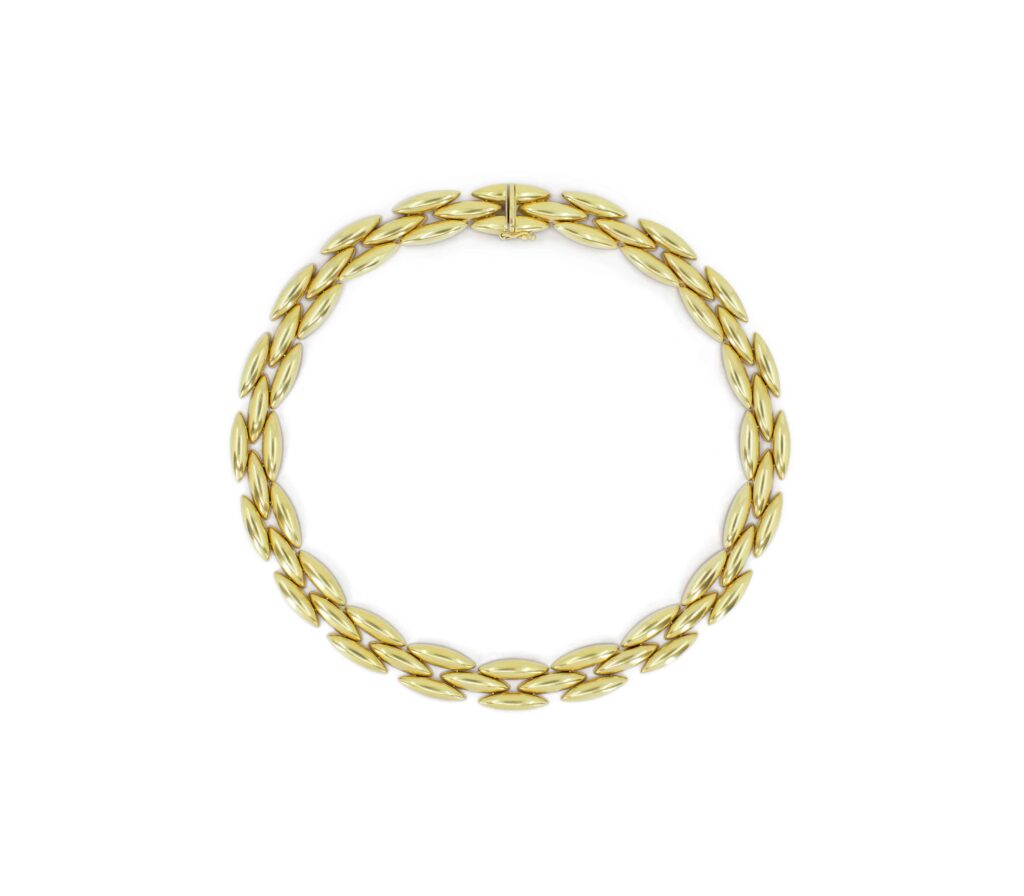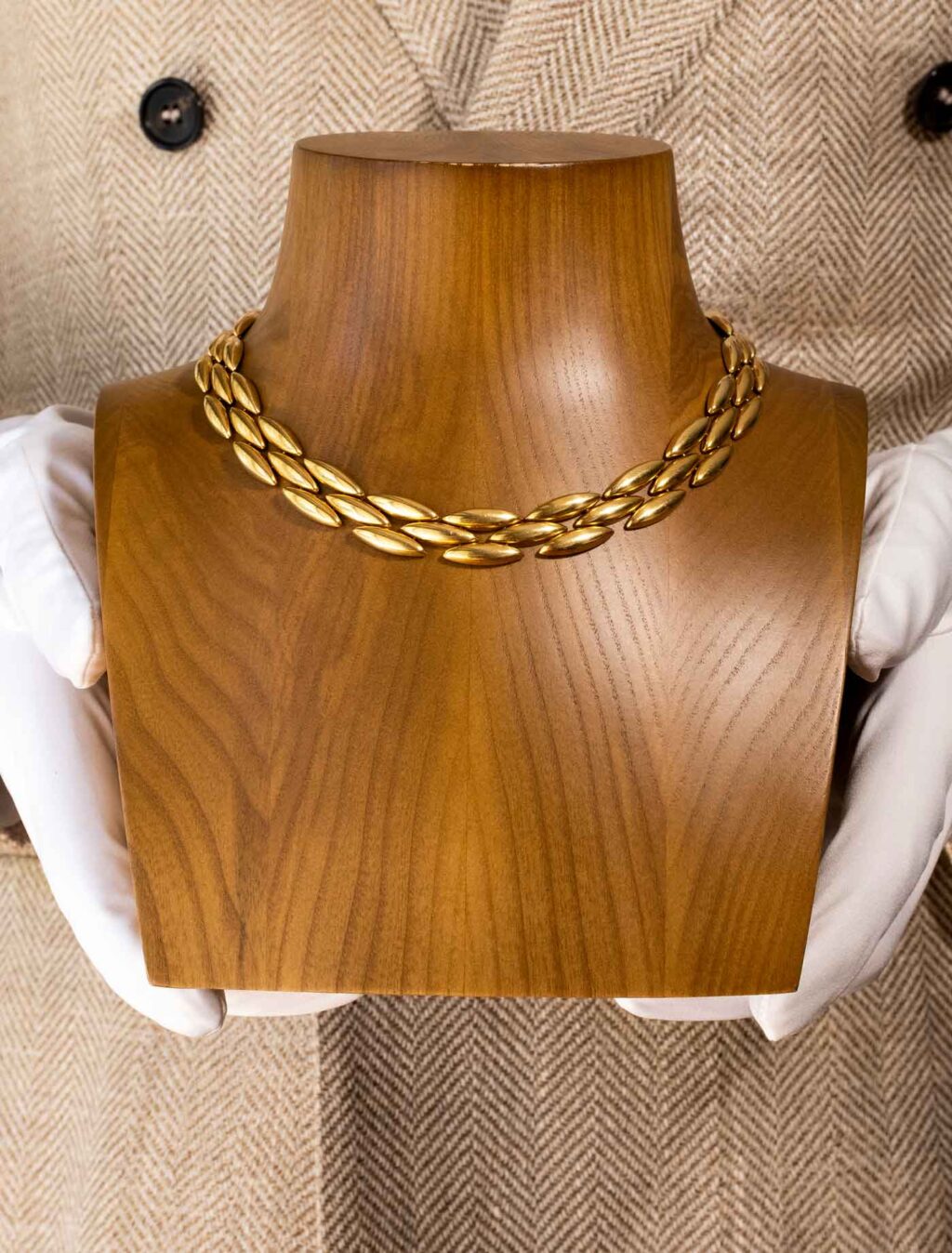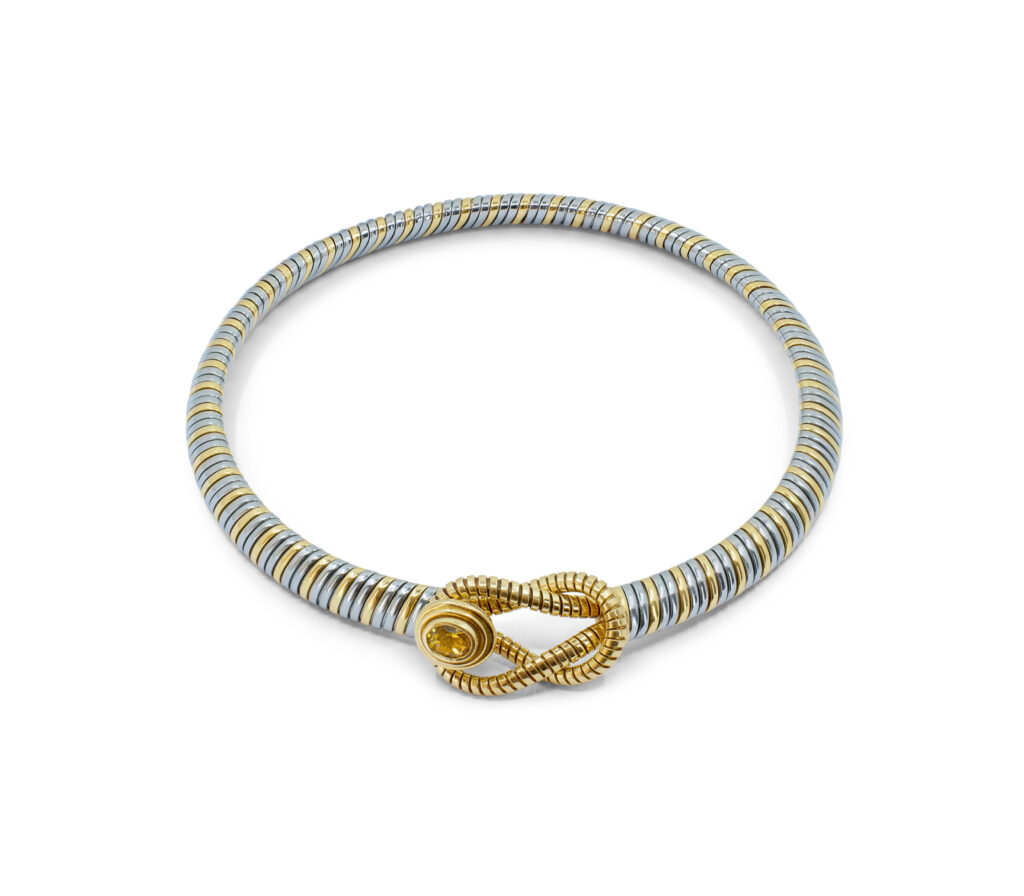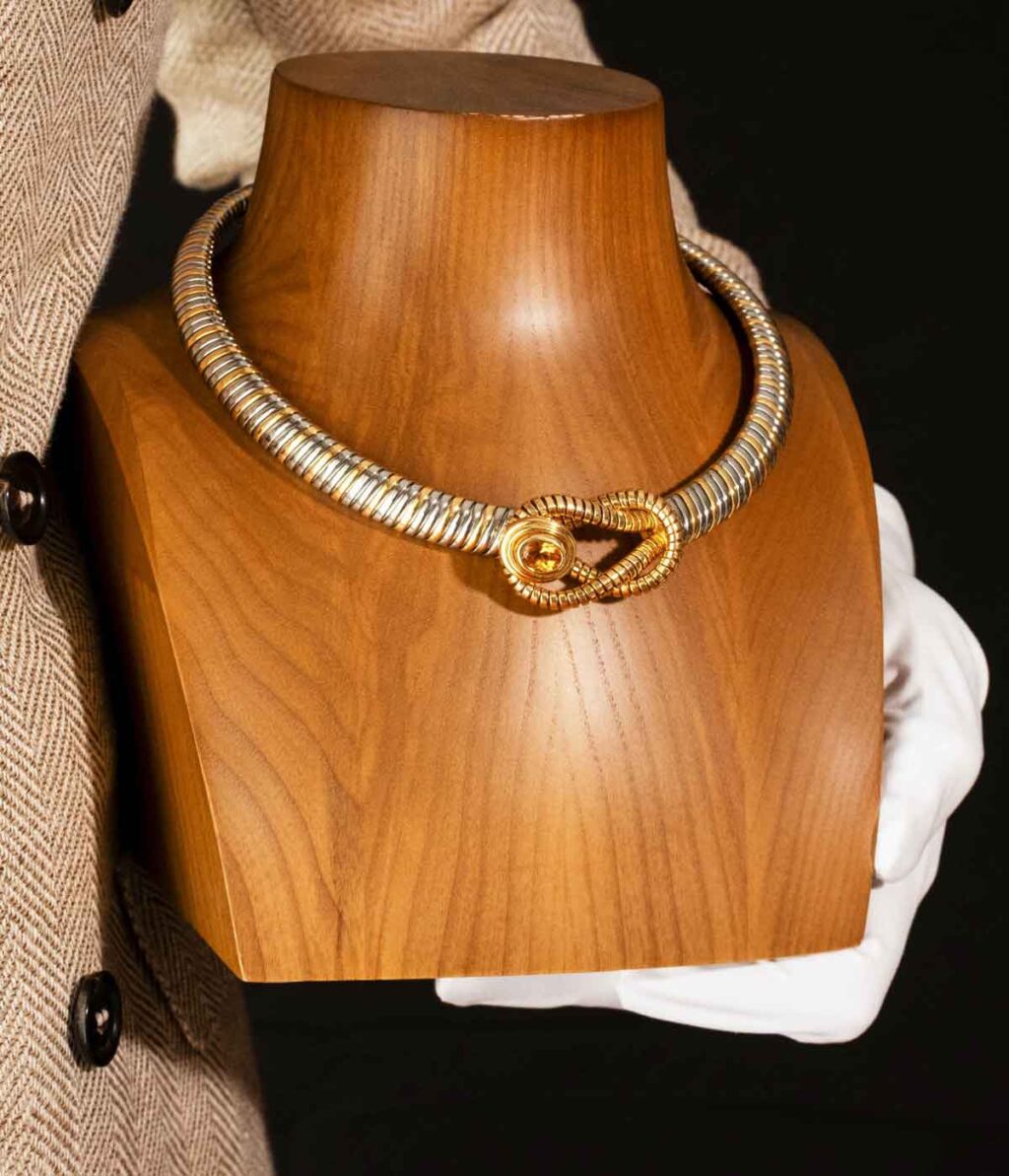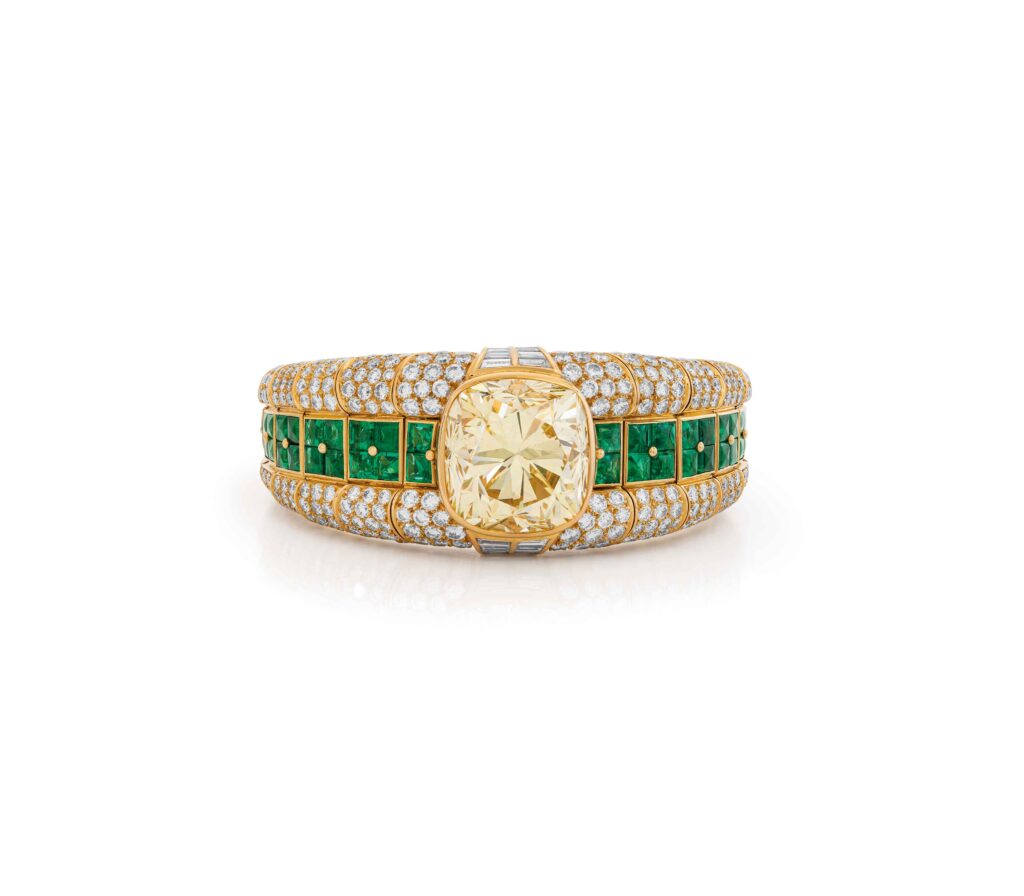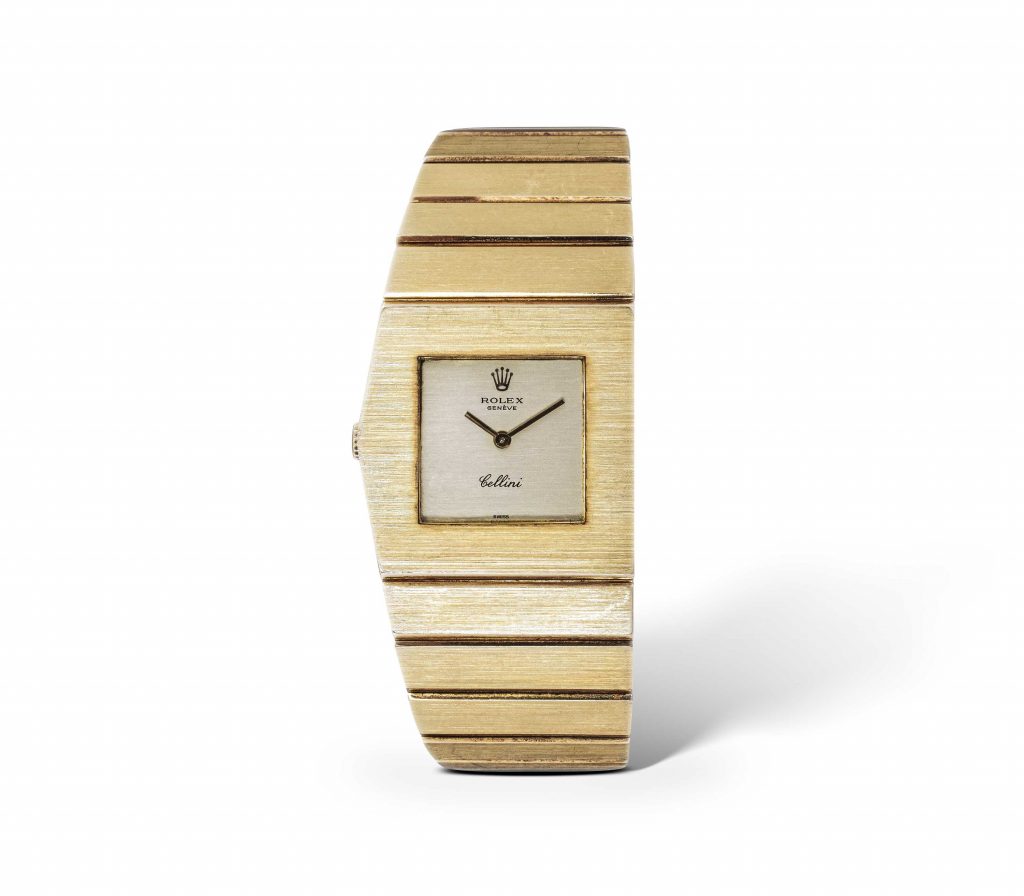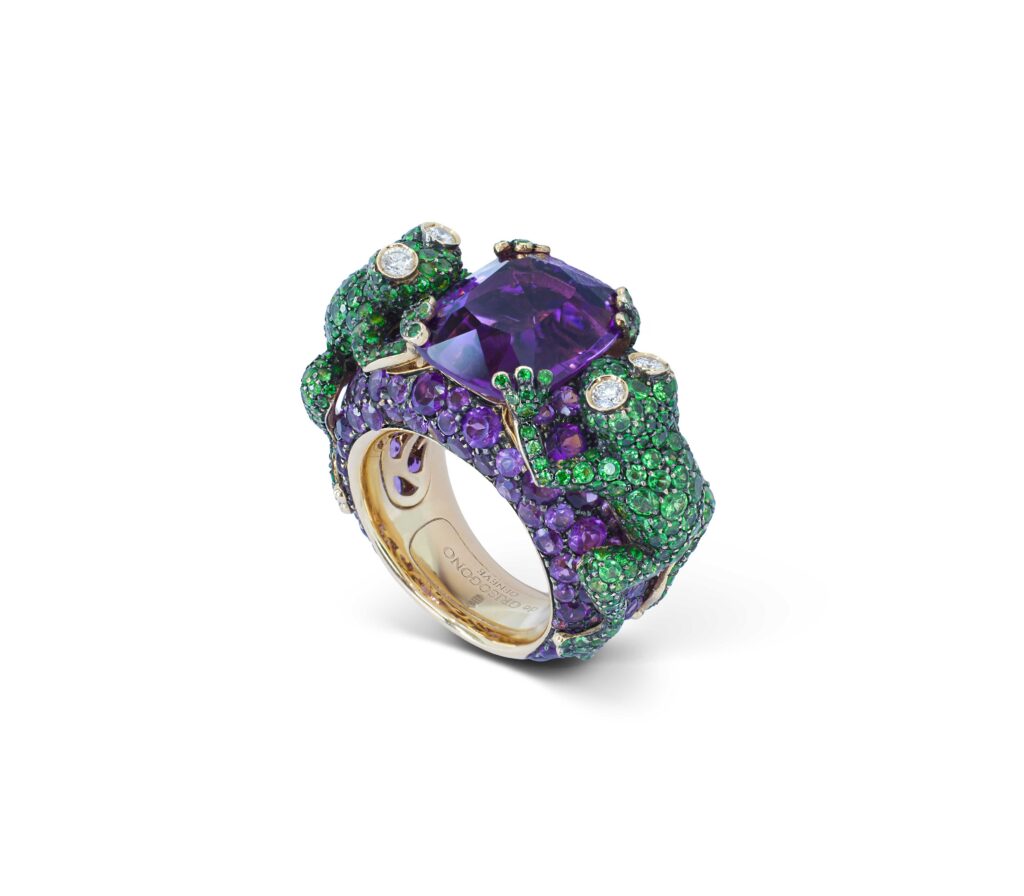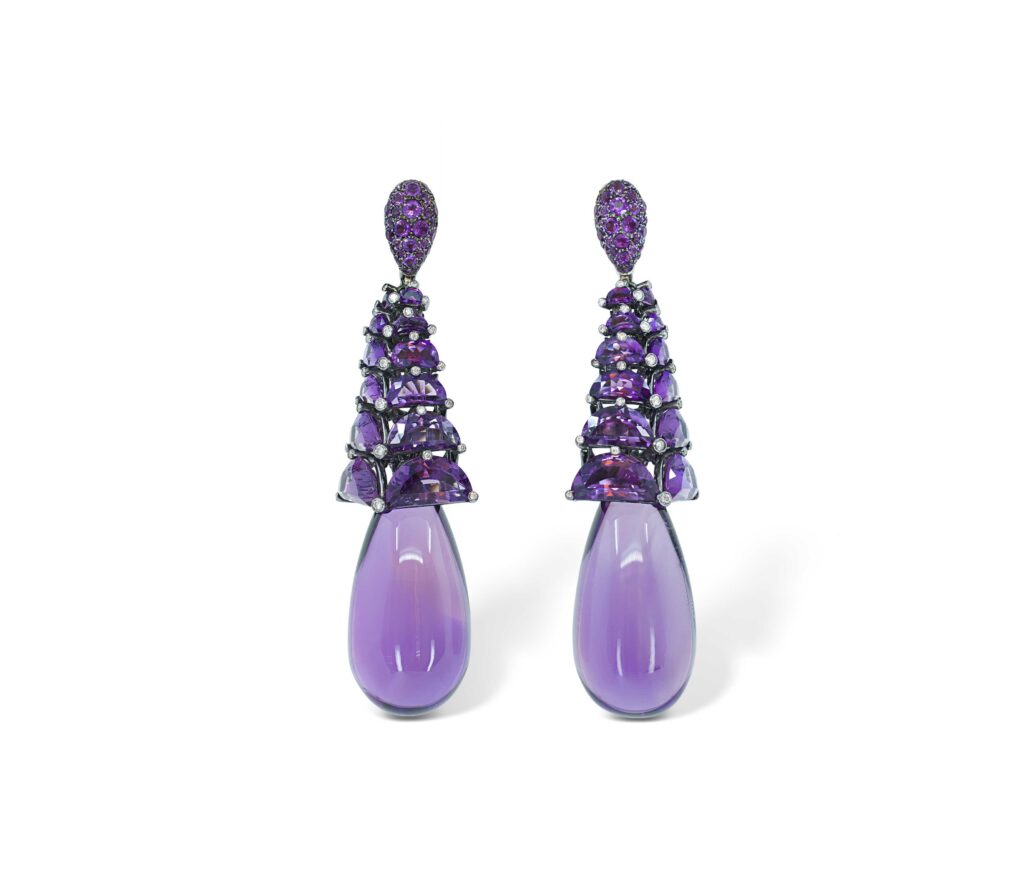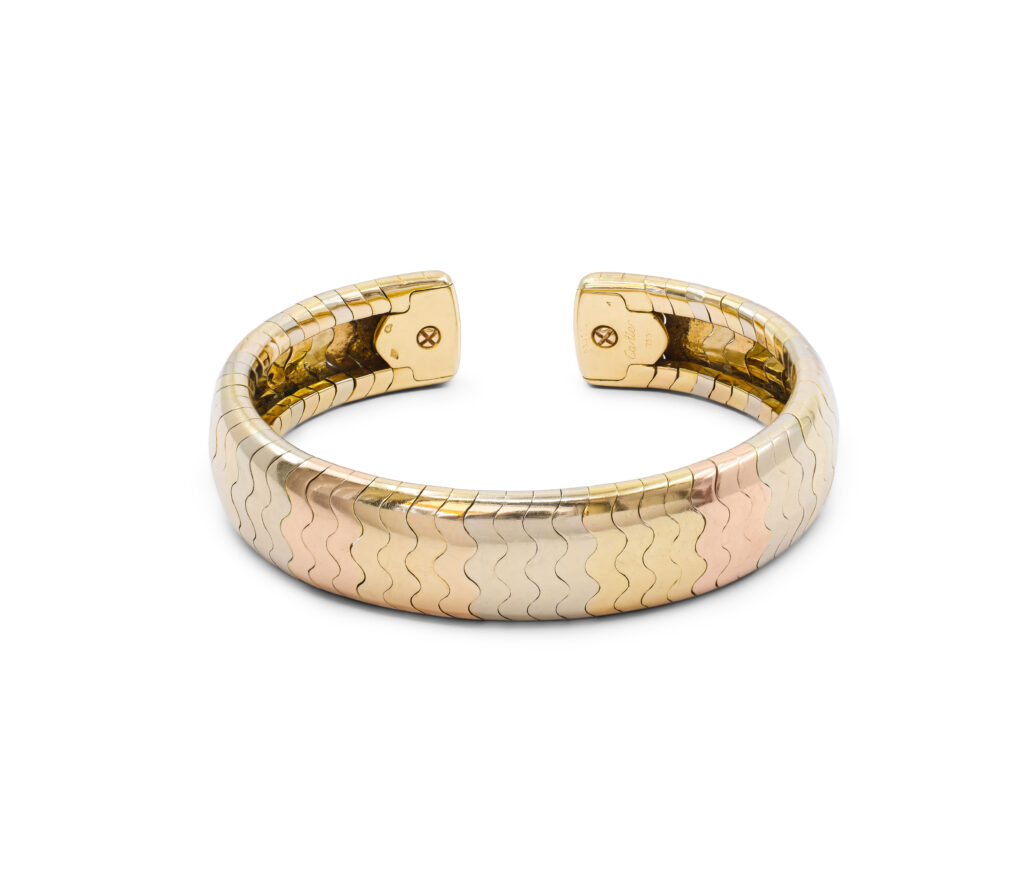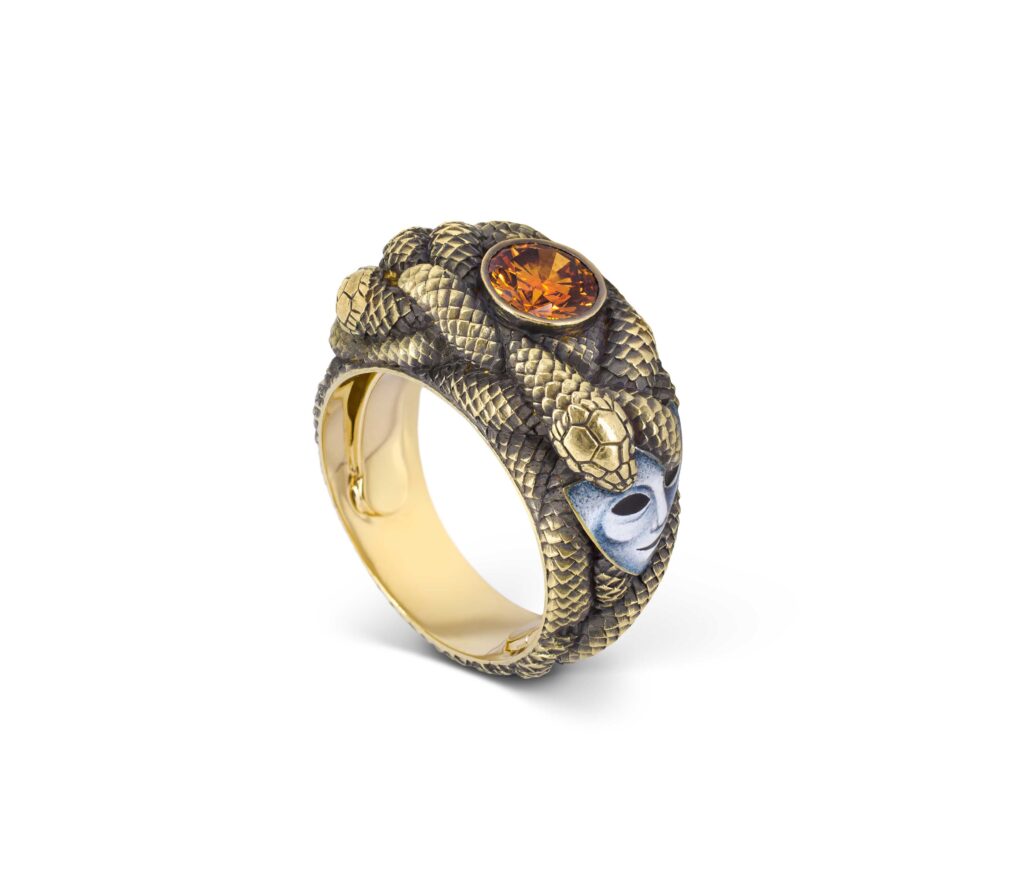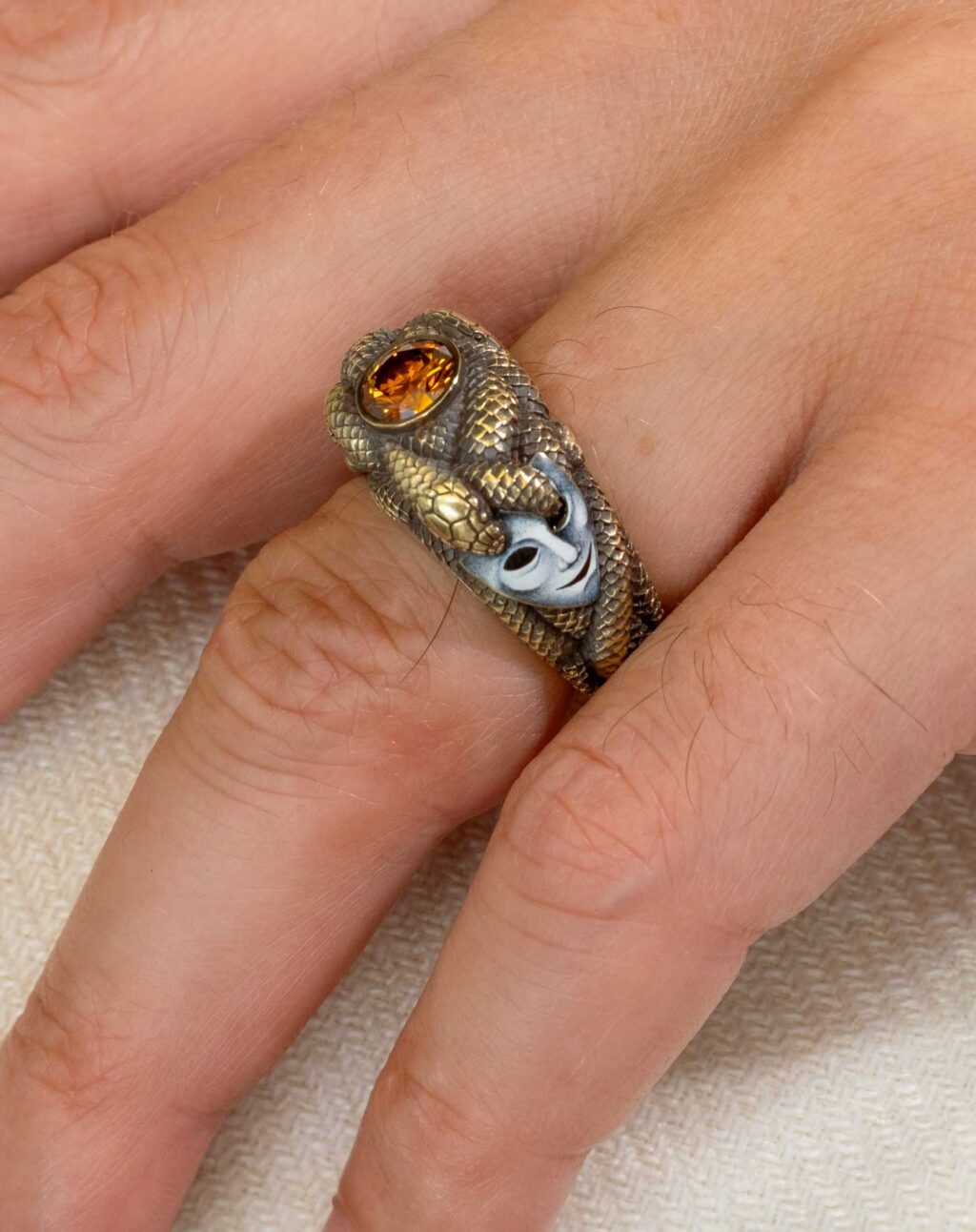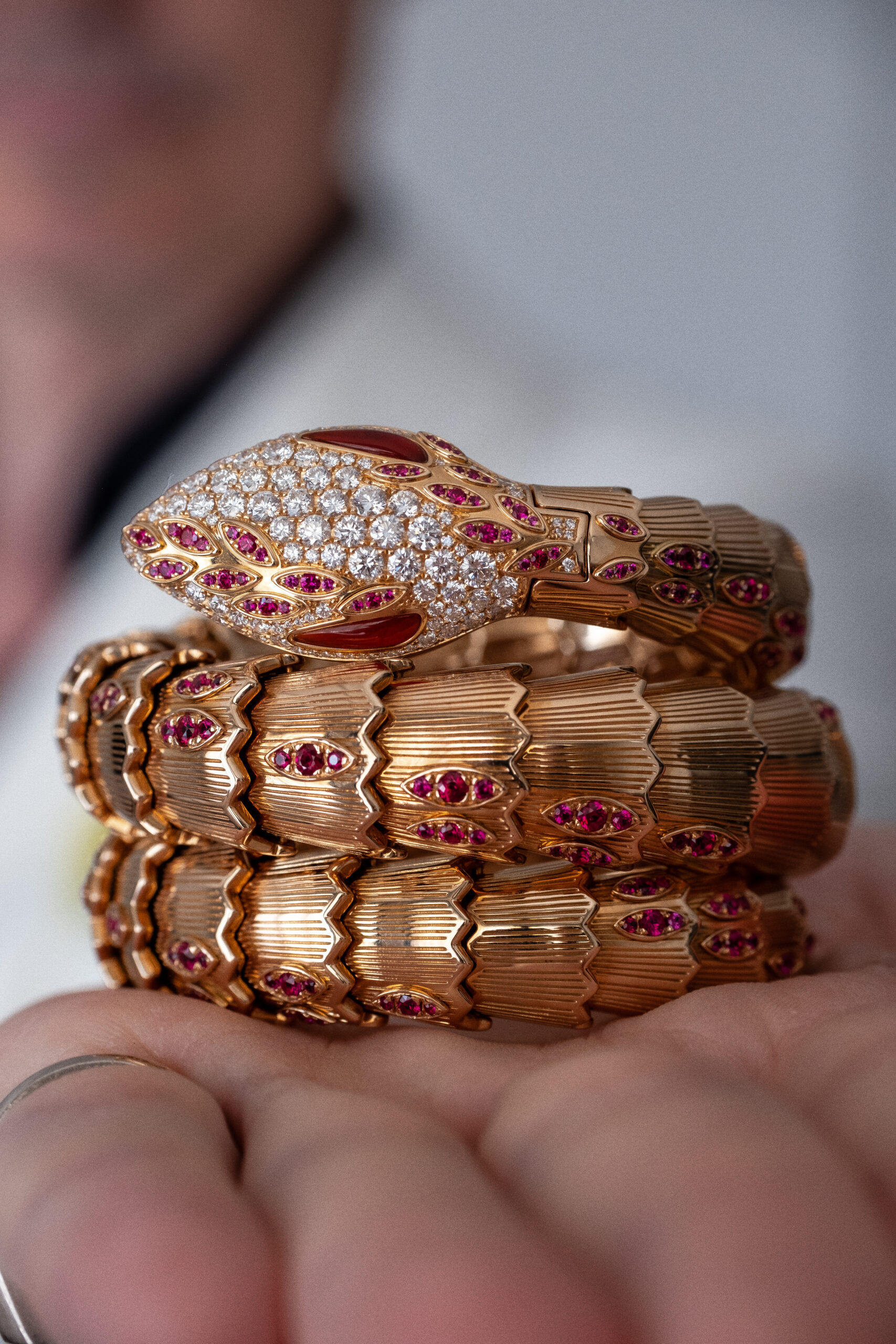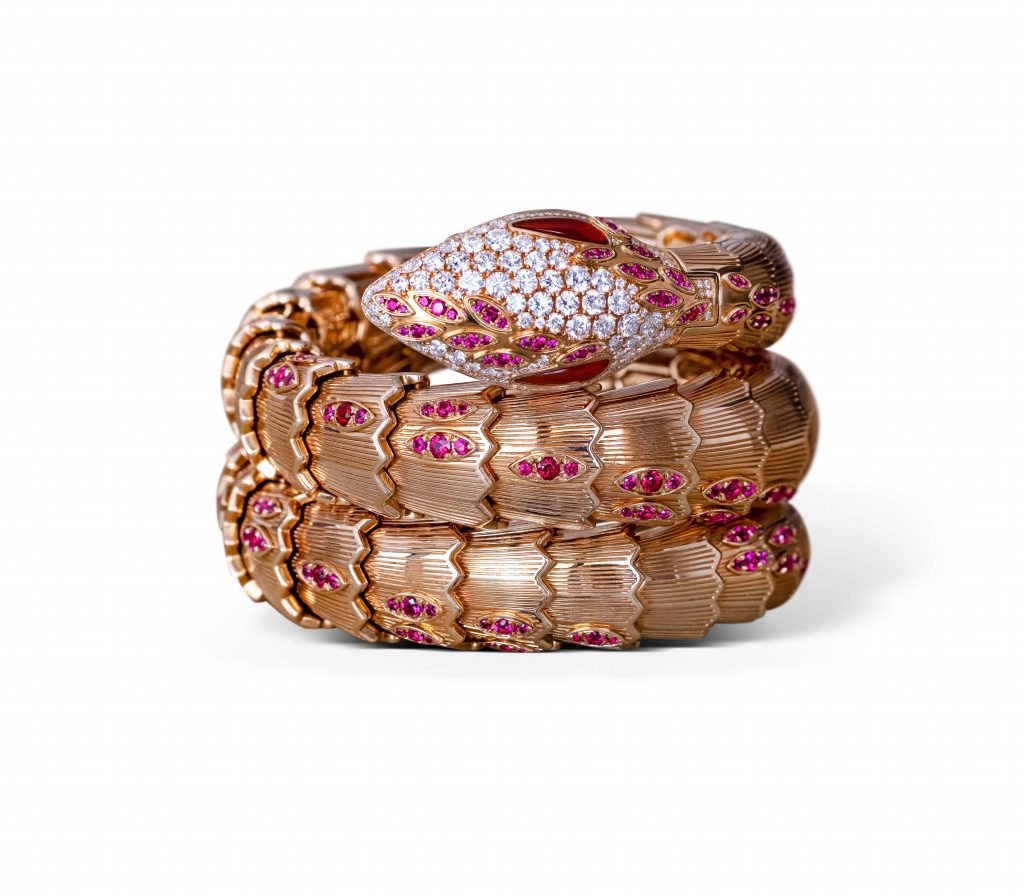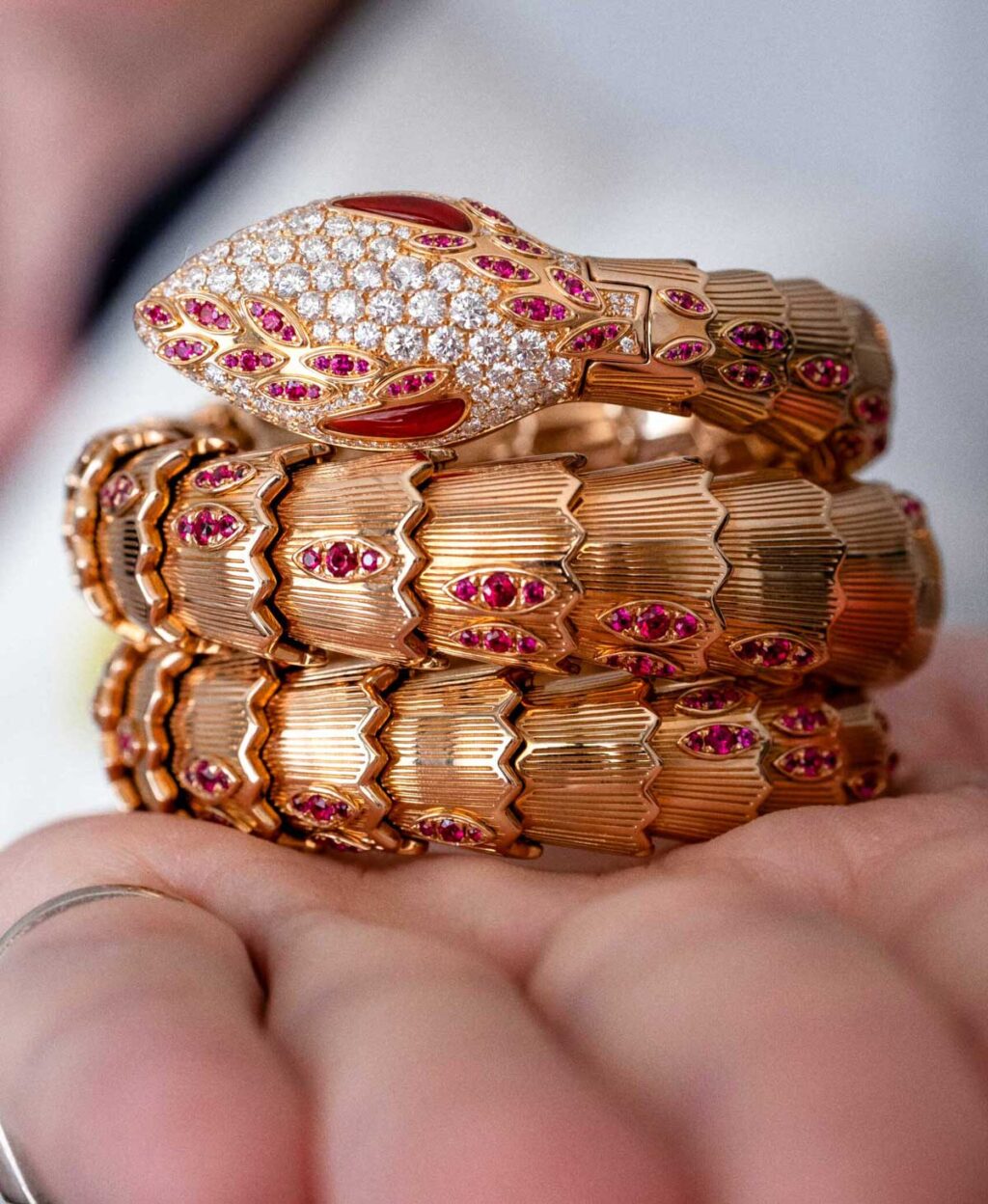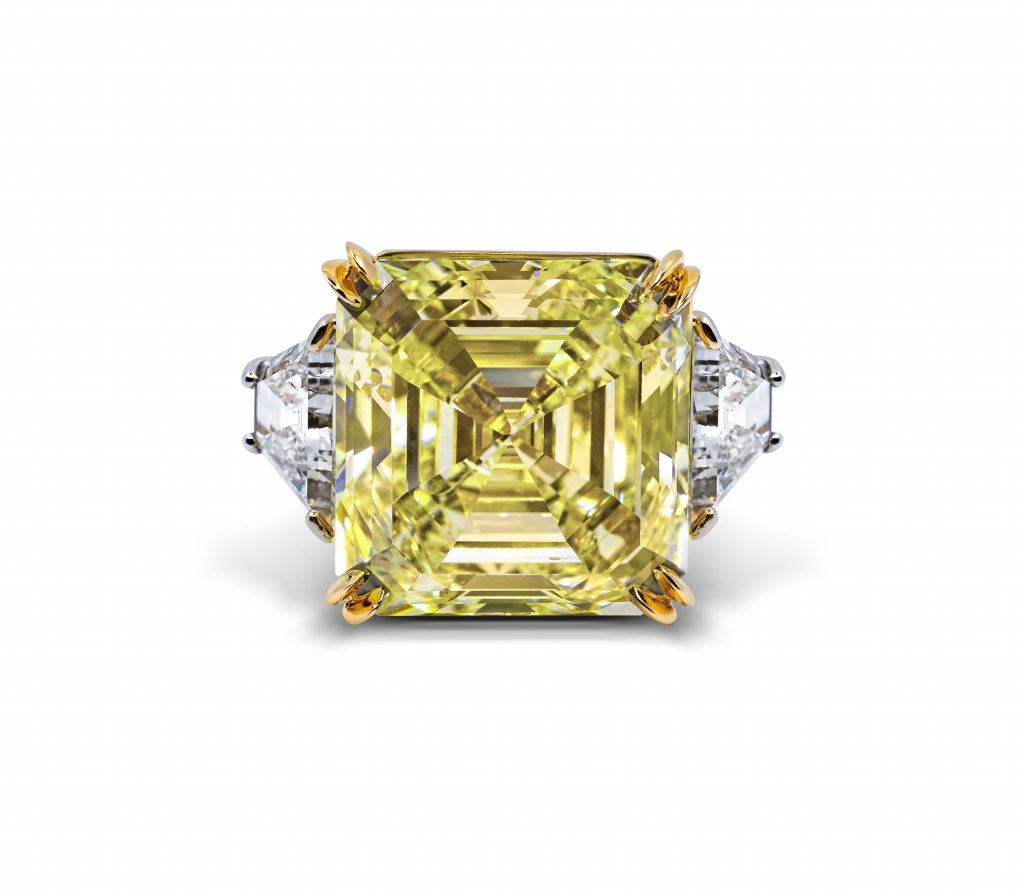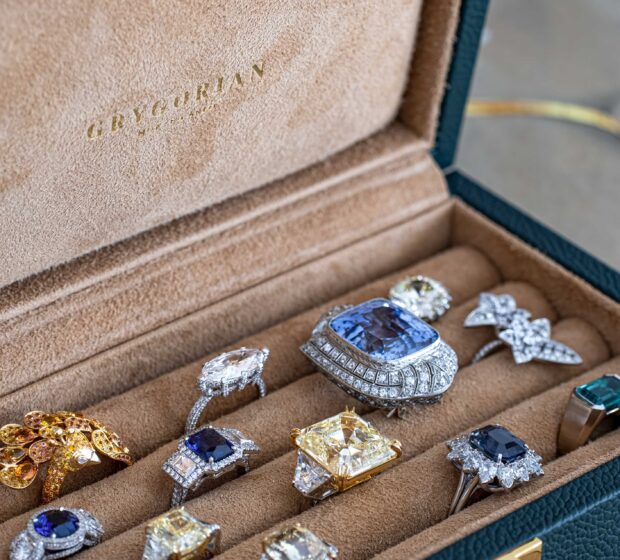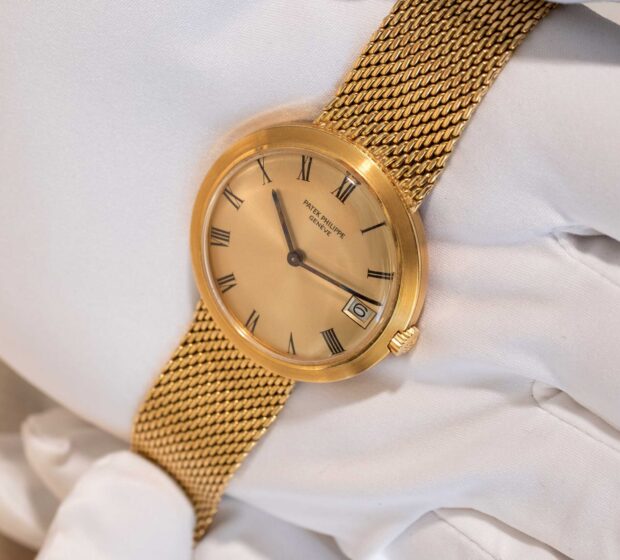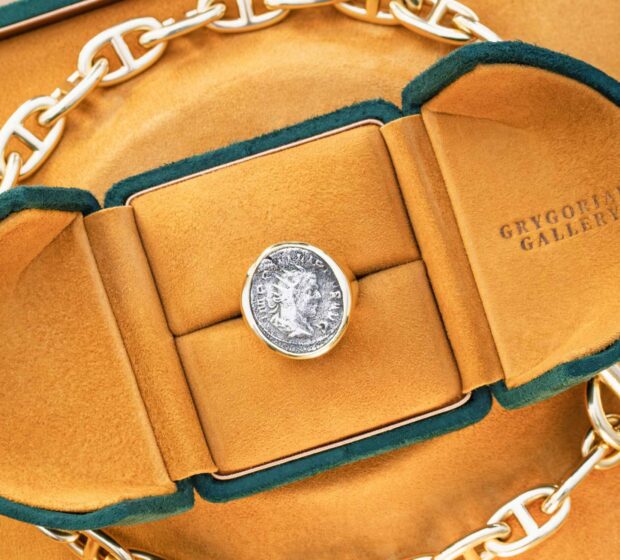Have you ever wondered why vintage jewelry is so valuable in the market? Today we will discuss what makes vintage jewelry a masterpiece and why it is worth its money and even more.
Design features of past eras
Each historical era has its own unique style and character of jewelry. Vintage pieces often reflect the cultural, social and aesthetic trends and motif of their time.
Baroque and Rococo (17th-18th centuries)
These styles are characterized by excessive forms, opulence and luxury. Jewelry was often decorated with large stones, pearls and intricate filigree. This period valued not only the quality of materials, but also the complexity of execution.
19th century – Victorian era
Symbolism reigned in the Victorian era everywhere, even in jewelry. For example, jewelry with black onyx and diamonds became popular in times of mourning after the death of Princess Victoria. The famous brooches depicting flowers, castles and romantic scenes also appeared during this period.
Art Deco (1920s-1930s)
The Art Deco style is characterized by geometric shapes, symmetry and the use of materials such as enamel, black onyx and plastic. This was a period when jewelry became more affordable and began to target the mass market, but designers still maintained a high aesthetic and quality.

Rare techniques
Vintage jewelry often differs from modern jewelry not only in design, but also in the techniques used. Some of these techniques are rarely used today, making them true rarities.
Hand engraving
In the past, craftsmen did not use laser technology, and each piece of jewelry was carved by hand, creating unique patterns and images. Engraving on precious metal could be very fine and detailed, which was a time-consuming and highly skilled process.
Laurel enamel
This technique originated in ancient Egypt, and it became widespread in Europe during the Renaissance and later. Enamel is applied to metal and fired, creating vibrant and long-lasting color effects. This method was particularly popular in the production of miniature portraits and decorative jewelry.
Sculptural casting
In the 19th and 20th centuries, jewelers often used casting to create miniature sculptures that were then used as part of brooches or necklaces. This required a high level of craftsmanship, as each piece had to be not only aesthetically beautiful, but also durable.
These rare crafting techniques add value and uniqueness to vintage jewelry, making it especially attractive to collectors and art connoisseurs.
How to distinguish a quality piece from a fake
When it comes to vintage jewelry, there is a risk of coming across a fake. It is important to understand that replicas and modern copies often do not have the same features and details that vintage authentic jewelry has.
Absence of defects
Although modern technology allows jewelry to be produced with flawless lines, authentic vintage pieces may have slight irregularities. This is a sign of handmade craftsmanship and authenticity. A slight imperfection in the cut of the stones or small scratches that have developed over time are all indications that the jewelry is original.
Signatures and branding
Many vintage pieces have distinctive stamps signed by artisans or jewelry houses. For example, the “14K” or “750” marks on gold, which indicate the proof, or the logos of famous brands such Bulgari, Hermes, Tiffany & Co. which confirm the authenticity of the piece.
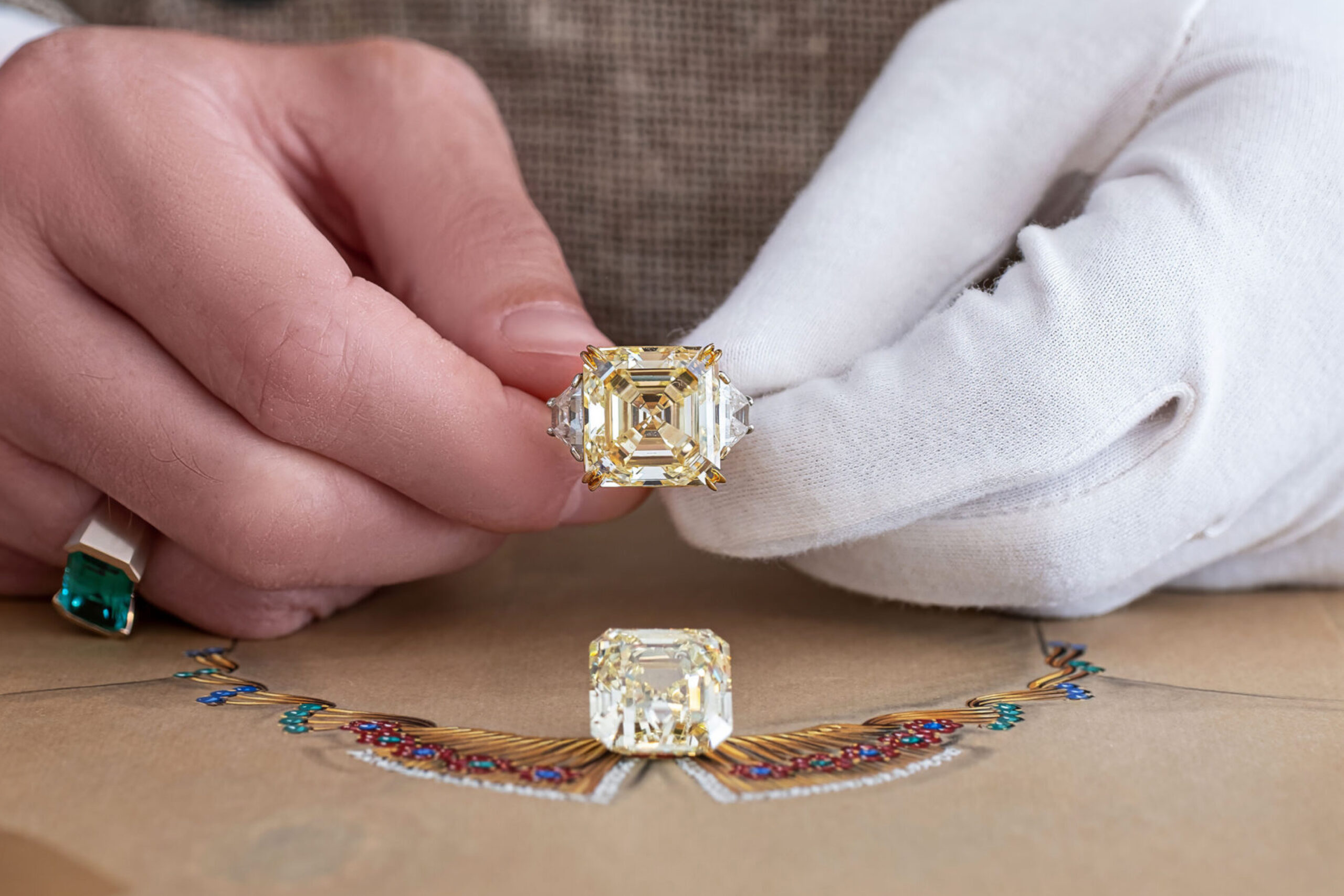
Age and patina
Antique jewelry over the years acquires a patina, a light patina that gives it an added charm and allure. This patina is an important sign of authenticity that cannot be artificially recreated.
Conclusion
Vintage jewelry bears the imprint of historical times and unique manufacturing techniques. It is attention to detail, high craftsmanship and a special design approach that make them truly valuable and sought-after. The correct perception of these jewelry pieces and knowledge of their features allows you to distinguish genuine masterpieces from replicas, as well as to appreciate the beauty and uniqueness they contain.

